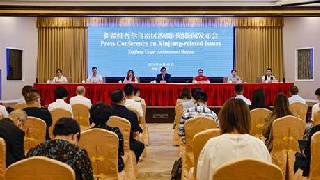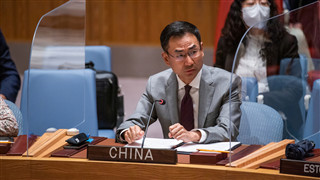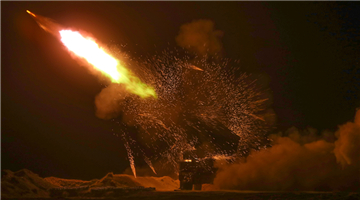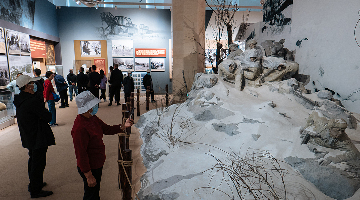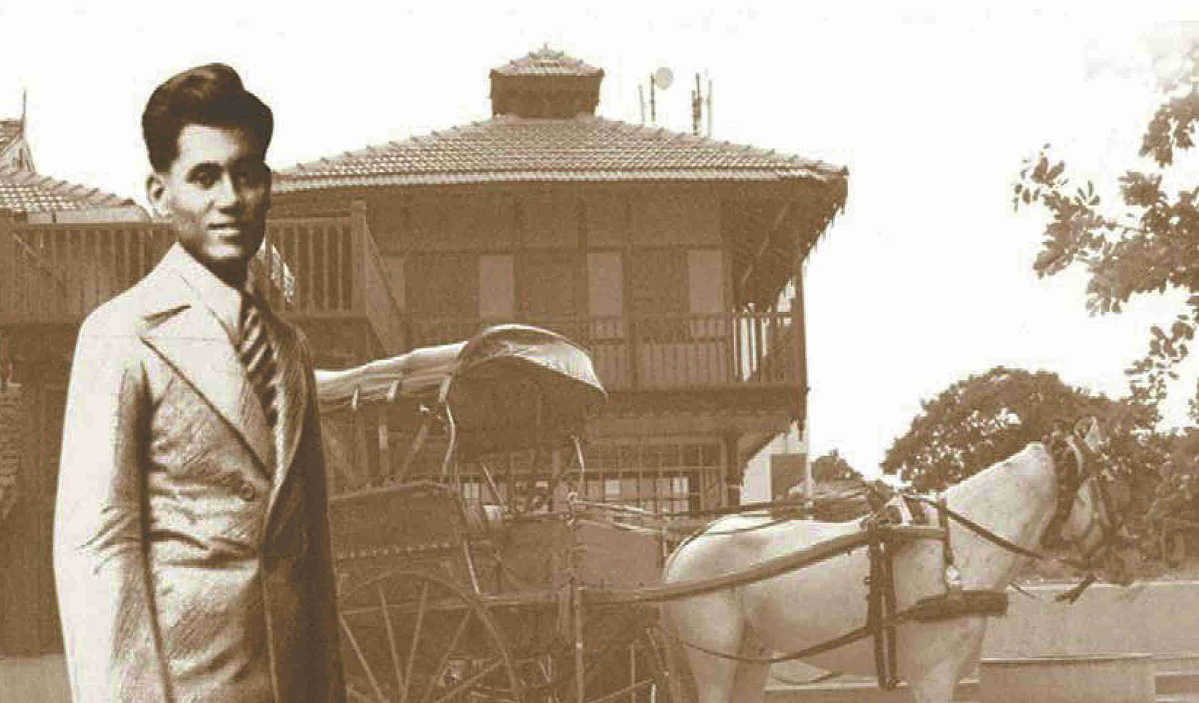
Battlefield request
Born to a middle-class family in India's western state of Maharashtra on Oct 10, 1910, Dwarkanath Kotnis graduated from Seth G S Medical College of the University of Mumbai in 1936. He was 28 when he arrived in China.
Before leaving India, the team had heard that the Communist Party of China was different from the Kuomintang. When the team members arrived in China, they asked to go to the CPC-led battlefield behind enemy lines and work where the Chinese had suffered the most.
After determined efforts, Dwarkanath Kotnis finally arrived in the Shanxi-Chahar-Hebei Border Region in 1940 to be part of the Hundred-Regiment Campaign. He then moved to Gegong village, Tangxian county, Hebei province, where he performed surgeries in the line of fire.
Fighting shoulder to shoulder with CPC members and the Eighth Route Army, "Old Ke" became well-known in the region.
For the doctor, the CPC-led war against Japanese aggression was a great revolutionary fight for justice, with the Eighth Route Army acting as an "excellent university" turning out tens of thousands of revolutionary young people. He also found that the anti-Japanese base areas led by the CPC were totally different from areas controlled by the Kuomintang.
Mrigendranath Gantait, president of the Dr Kotnis Memorial Committee in West Bengal, India, said after one tour to China: "Despite hearing news of his father's death, Kotnis did not return to India. Instead, he reaffirmed his commitment to continue his work in China."
In 1941, Dwarkanath Kotnis was appointed director of the Dr Bethune International Peace Hospital in Shijiazhuang, Hebei province, named after the Canadian surgeon Norman Bethune who made valuable contributions to the Chinese people. After his appointment, the Indian medic performed some 2,000 operations.
Lou said: "Dr Kotnis swore an oath by the tomb of Dr Bethune-'I will live a life as yours'. He lived up to his oath."
Dwarkanath Kotnis, who learned to speak fluent Mandarin, also taught medicine to Chinese students.
When a student graduated, the doctor wrote words of encouragement. They included "Study hard for the sake of the liberation of oppressed mankind" in English, and "Victory in the War of Resistance against Japan" in Chinese.
With no textbooks, Kotnis compiled them himself.
On the evening of Dec 8, 1942, when he was writing page 173 of his second surgery textbook, he collapsed, with his pen leaving a long line on the paper. He later died of epileptic seizures, age 32.
Although he was a CPC member for only five months, Kotnis dedicated himself completely to the cause he believed in.
Gantait said, "He made his highest sacrifice by giving his life for the cause of the Chinese people's liberation movement."
